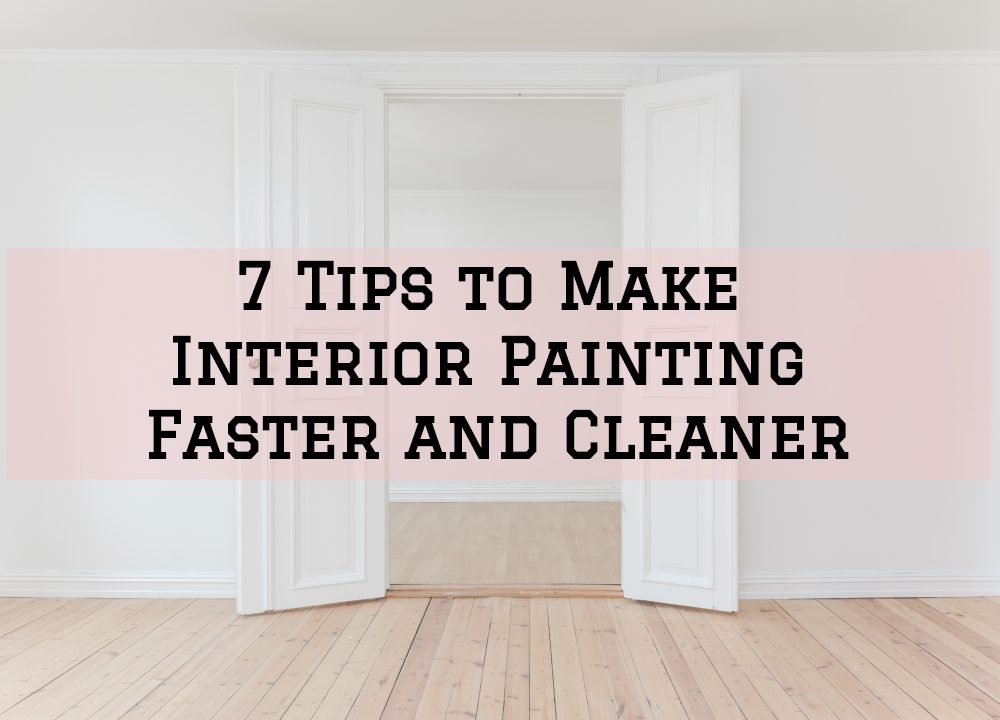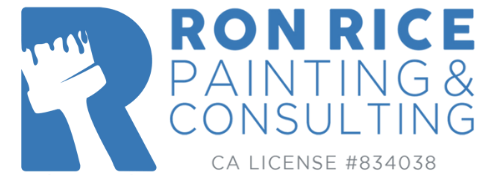
Interior painting is the most common task that can be done by anyone who intends to improve their living space. Painting a wall faster is rather uncommon especially when aspiring to achieve better results, but this is where painting experts earn a living. Painting is the most affordable way of freshening up rooms and it doesn’t require a special talent. Anybody can paint rooms as long as they employ a little patience, practice, and skill.
In this article, we thought we should share some tips on how to paint your interior walls fast, but without compromising the quality of the outcome.
1. Clean with Trisodium Phosphate Cleaner (TSP)
Thorough surface cleaning is the initial step toward better painting results. This will enable the paint to adhere to walls and wooden surfaces. Using a sponge and Trisodium Phosphate Cleaner, wash off the dust and soot from all surfaces first. TSP cleans fast with moderate scrubbing. Use TSP on all your wooden surfaces to enable the paint to form a better bond. It also removes greases from walls, hairspray from bathrooms as well as finger marks around the switches. Always wear gloves to protect yourself from the TSP solution.
2. Remove the Goobers
Even if you use fresh paint immediately after purchasing, there is always a possibility of having some chunks or strands of solid paint in the mixture. If you paint without removing them, you will be forced to pull them out manually and repaint the area. So it’s important to take a few minutes and remove them first using a good painter’s strainer.
3. Paint the Window Sashes First
To avoid slopping paint on to the window glasses, load your painting brush and spread the paint on the sash, maintaining ½ inch from the glass. When the brush is half loaded, paint closely ensuring that the brush does not touch the glass. This will allow the paint to penetrate and seal the gaps between the wood and the glass. In case the paint drops on the window, allow it to dry before removing it with a razor blade.
4. Rough Textured Ceilings
It is a hard task to paint the roughly textured ceilings without interfering with the patterns. For better results, remove the texture at the border with a putty knife. Holding your knife at a 45-degree angle to the wall, move the sharp end along the border of the ceiling. The sharp end removes the texture leaving very little roughness in the ceiling. Clean the rough textured surface with a dry paintbrush. While painting along the wall surfaces, the paintbrush bristles will slide into the rough textured surface producing a crunchy paint line without interfering with the ceiling. It will be difficult to notice the thin line of a missing texture.
5. Cut In Swiftly With a Stable Hand
It takes the effort of a stable hand to cut in swiftly along a trim that is not been protected by masking tape. Using an unused brush, dip it into the paint and tap each side against your container to remove excess paint without swiping. Brush the paint on the wall and then make a second pass. Avoid hard pressing the paint with brush bristles as doing so could lead to the development of ridges on the areas you are cutting in. For a steady application, move the whole hand as you paint –not your arm from the elbow down only.
6. Use Extenders to Avoid Repeats
The longer that wet paint stays on the walls and wooden surfaces, the lesser the lap marks and runs are left to remove. So keeping the paint wet for longer will limit the formation of lap marks. The most appropriate way to extend the open time for paint is to mix with paint extender. Pour the quantity of the required painting in a 5-gallon bucket, then add the extender and mix well following the manufacturer’s guidelines.
7. Cut In, one Wall at a Time
Holding the painter’s brush in your hand could tempt you to cut along all the trim, the corners, and the ceiling in the room at once. You can produce better results by doing it on one wall at a time and immediately rolling out the wall before cutting in the next one. This will enable the paint to blend well minimizing the possibility of lap mark formation.
Applying the above 7 painting tips will make your interior painting project both faster and cleaner. If you need any help with your interior painting project, as usual, we’re always more than happy to help.
